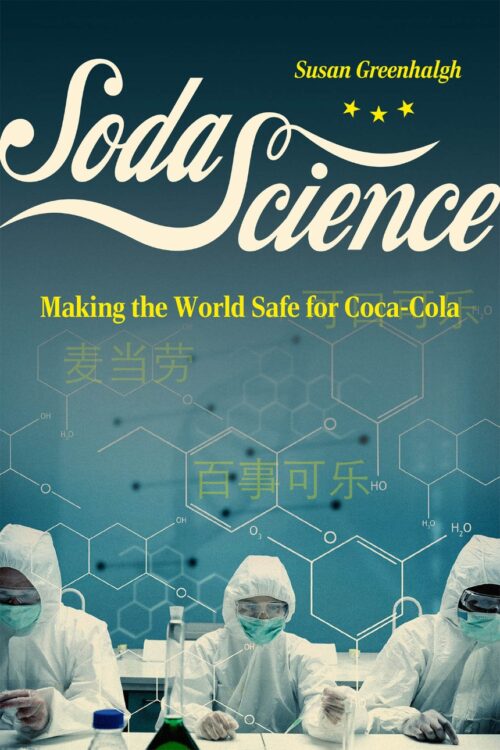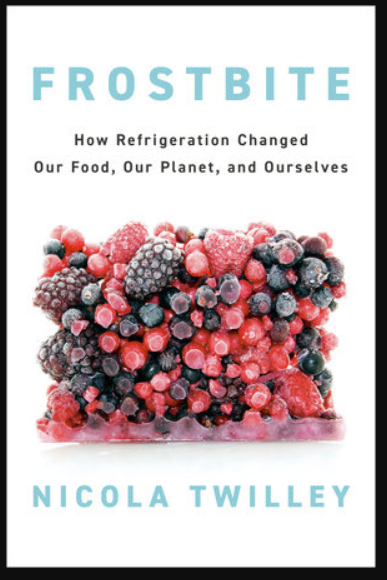Industry-influenced study of the week: Sourdough bread (a new one!)
Nutrients, a journal that requires authors to pay CHF 2900 ($3400) for their articles, does publish the most amazing studies, ostensibly peer-reviewed (I’ve heard mixed things about its process). This journal is a source for many of my Monday posts, each more creative than the next.
This is a good one.
Sourdough Bread with Different Fermentation Times: A Randomized Clinical Trial in Subjects with Metabolic Syndrome. Pérez-Vega KA, Sanllorente A, Zomeño M-D, Quindós A, Muñoz-Martínez J, Malcampo M, Aldea-Perona A, Hernáez Á, Lluansí A, Llirós M, et al.. Nutrients. 2024; 16(15):2380. https://doi.org/10.3390/nu16152380
Rationale: The Mediterranean diet, featuring sourdough bread, shows promise in managing metabolic syndrome.
Method: In a double-blind clinical trial, participants randomized to consume either Elias Boulanger® long-fermentation (48 h) sourdough bread (EBLong) or Elias Boulanger® short-fermentation (2 h) sourdough bread (EBShort) over a two-month period.
Results. EBShort bread was effective in reducing some inflammation markers.
Conclusion. The consumption of sourdough bread may offer potential benefits in reducing inflammation markers in individuals with metabolic syndrome; however, longer fermentation times did not show additional benefits.
Conflicts of interest: “I.E. and N.EM. were employees of Elias–Boulanger and received funding from RTC-2017-6467-2 program. They had no role in the collection, analyses, and interpretation of data or in the decision to publish the results. The rest of the authors declare no conflicts of interest.”
Comment: I’ll bet they didn’t. Sourdough bread is responsible for the benefits of the Mediterranean diet? That’s news to me. The bread is healthier if its fermented for a shorter time? Also news.
The paper does not describe the taste or texture of the bread.
- Ingredients EBLong: whole-grain flour, water, yeast, salt [in other words, real bread].
- Ingredients EBShort: refined wheat flour, water, yeast, salt, wheat gluten, xanthan gum, emulsifier E471, antioxidant E-300 [this is ultra-processed bread].
Thus, the underlying purpose of this study must be to give Elias-Boulanger an excuse to cut down on fermentation time and claim the cheaper, ultra-processed bread is healthier. Count me as dubious, on taste grounds alone.
But isn’t this a great example of marketing research in action? You can’t make this stuff up.
ADDITION
A reader points out that Nutrients is not alone in requiring Article Processing Charges (APCs) for open-access publication. Prestigious journals charge much more.
- Nature: $12,290
- BMJ: £5408 / €6154 / $7159 $7,159
- Lancet: $6,000 – $7,000:+




